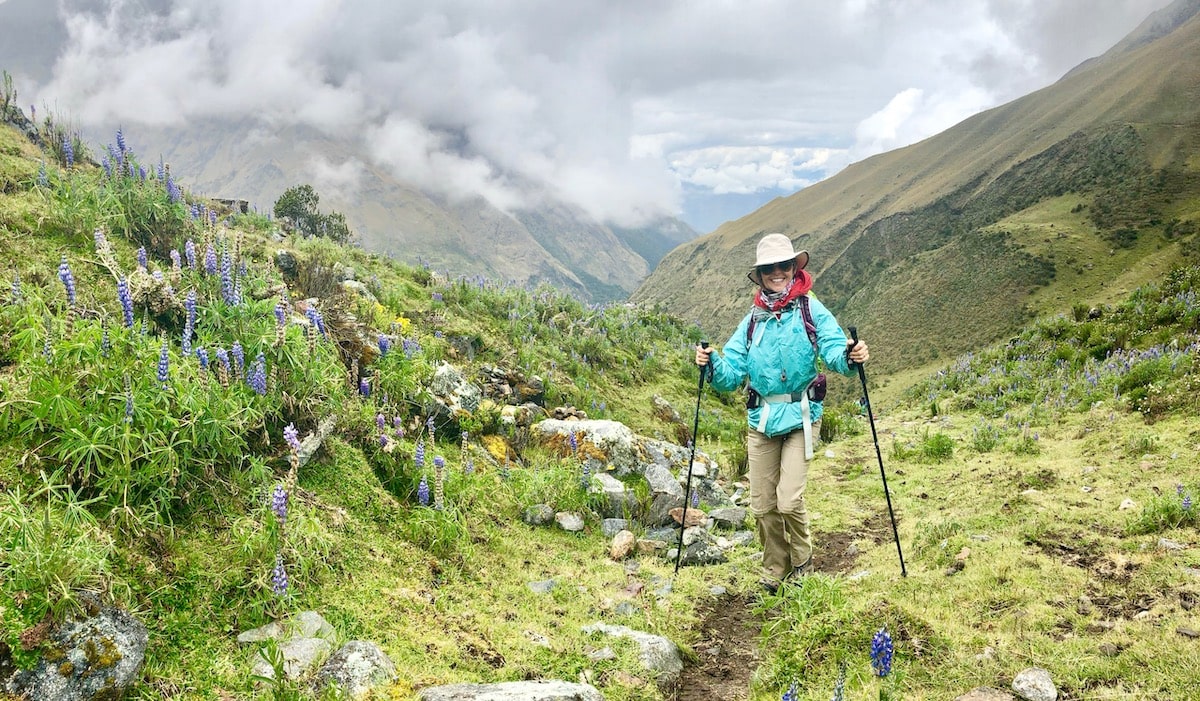
Dialing in your outer layers for hiking
Perhaps you’ve done your homework on base layers, and by now have a dialed-in system of ultra-wicking performance underclothes to keep your core warm and comfy on the trail, no matter the conditions.
If that’s the case, wonderful. If not, check out our post on base layers here — it will bring you up to speed.
Either way, once you have your base layers figured out, it’s time to move to the next step: insulating and outer layers. While the base layers’ job is to wick sweat off your skin, insulating layers act to retain body heat, which further keeps you warm. The duty of the outer layer, meanwhile, is to shield you from wind, rain, snow or other elements that could leave you an unhappy hiker.
Even if you don’t wear all three the entire time, we recommend bringing them on our treks — because while you can always peel off a layer, there’s nothing worse than realizing that one crucial piece you left behind could be the key to keeping you warm.
Part 1: The insulation
Let’s begin by talking about insulating layers. Insulating layers should be warm and lightweight — avoid bulky items — and should breathe well to continue to let moisture escape from your body. They consist of items such as light jackets, midweight long-sleeved tops or midweight long pants, and generally come in the following materials:
Fleece.
Fleece, which is typically made from polyester, is an ingenious, fast-drying and cloud-soft material that manages to stay warm even when it’s damp. It comes in various weights for all manner of temperatures, and breathes well, which makes overheating unlikely. However, that breathability also means that sharp winds can blow right through the material. So if you choose fleece as an insulating layer, make sure you’ve got a solid outer shell to go over it.
Down.
Stuffed with the feathers of geese or duck, down is wonderful for its packability — it’s super compressible — and is excellent at keeping you warm. The one, ahem, downside of down is that when wet, it its insulating powers diminish. A bulky down coat is overkill for a Ryder-Walker trek, but there are ultra-light or “micro puff” options that could be appropriate for an insulating layer.
Wool.
This natural insulator makes a great mid-layer. Look for light zip-up jackets, mid-weight long-sleeves or long underwear options.
Synthetics, other.
Many mid-weight jackets or tops are made of synthetic blends featuring materials such as nylon and polyester. They often can function as an outer layer in dry conditions, or an inner layer in wet conditions. Unlike down, can continue to insulate even when wet.
The mix of insulating layers you bring on a trek should be informed by the expected weather conditions — some of Ryder-Walker’s treks take place in balmier climates, while others can bring inclement weather.
Part 2: The Shell
The outer layer is the final, crucial step in the art of layering. This is the layer that will protect you from cutting winds, rainstorms and even snowfall. Shell layers range from heavy-duty insulated coats and pants to lightweight windbreakers. For a Ryder-Walker village-to-village tour, we recommend a good middle-ground jacket with water resistance and at least some breathability. Let’s walk through common types of shells.
Water resistant/breathable.
These jackets are often made of nylon, polyester or other synthetic materials. They are great at blocking wind and light wind. Because they offer some breathability, they are well-suited for high activity levels. However, when subjected to heavy downpours — such as afternoon monsoons in the mountains — they can be prone to leakage around the neck, wrist and seam areas.
Soft shell.
These flexible jackets, which emphasize breathability, typically consist of softer fabric that stretches. They are also great for high aerobic activities in dry weather. Many do combine light wind or water protection, and like many shells, are often treated with DWR (durable water repellent). However because they lack a waterproof membrane, they also don’t offer foolproof protection from rain or snow.
Breathable hard-shells.
It used to be, a hard shell guaranteed wind and water resistance, but zero breathability. That has changed with new technologies, which feature a porous membrane that seals water out as it simultaneously allows perspiration to escape. These are optimal trekking outer shells, especially if you anticipate precipitation.
Non-breathable hard shells:
These simple shells, which are usually made from coated nylon, keep water out. However; when it comes to exertion, their insufficient breathability leaves them lacking.
Insulated shells:
Insulated shells are most appropriate for winter activities such as skiing or ice climbing. They are bulky and very warm — in other words, unnecessary for summer trekkers.
A note on pants
For those who are anticipating precipitation or colder temperatures, rain pants are also a good outer layer option. As with jackets, they run the gamut from minimally water-resistant to non-breathable waterproof. We recommend a water-resistant pair with some breathability for optimal trail comfort.
Extras
Along with the outer shell, extras like winter beanies, a pair of warm gloves and dry hiking socks will do wonders to keep you warm on the trail.
This post covered outer layers. For more in-depth examination of your trekking equipment, check out the rest of our series on choosing the right gear, which features posts about base layers, finding the correct footwear and trekking essentials. Contact us with any specific questions you may have.

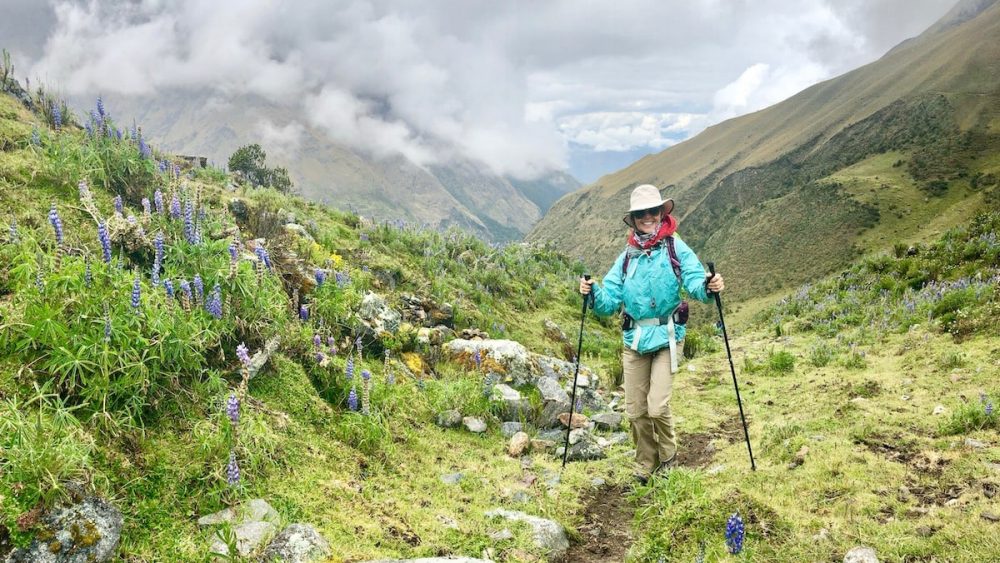

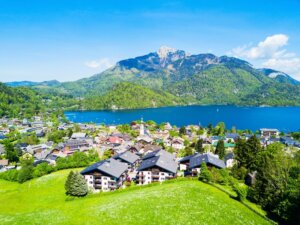
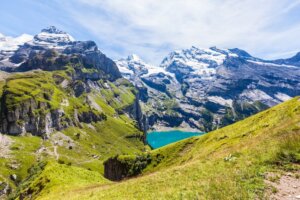
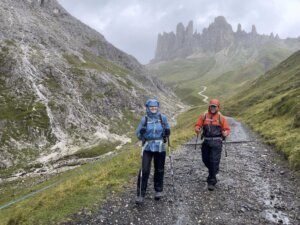



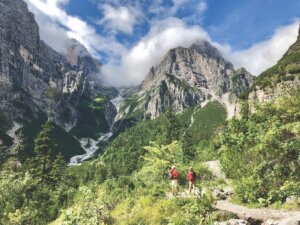
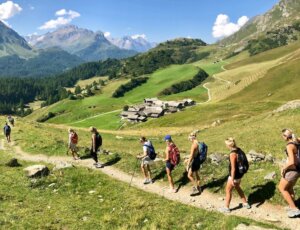
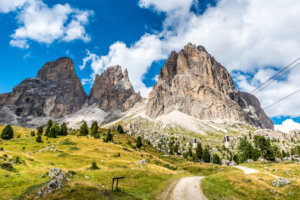

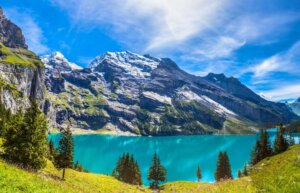
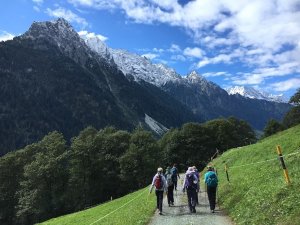







Comments are closed.